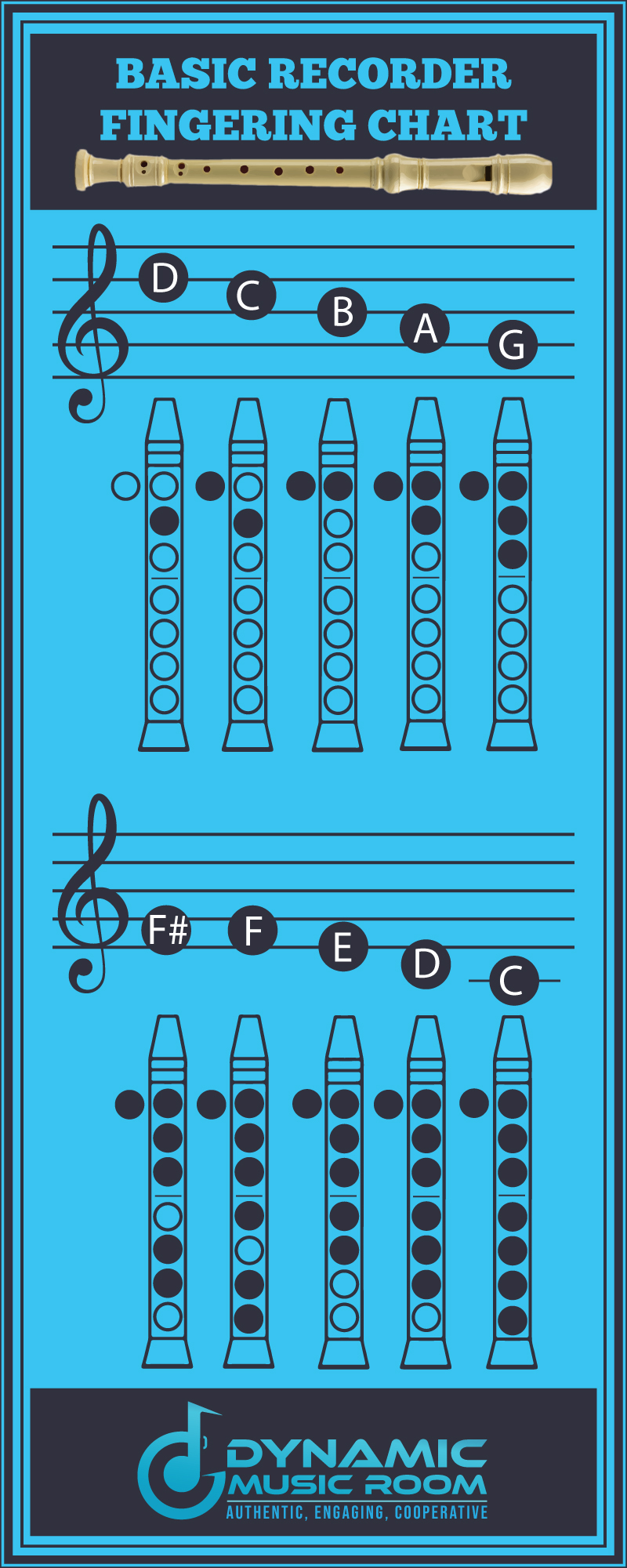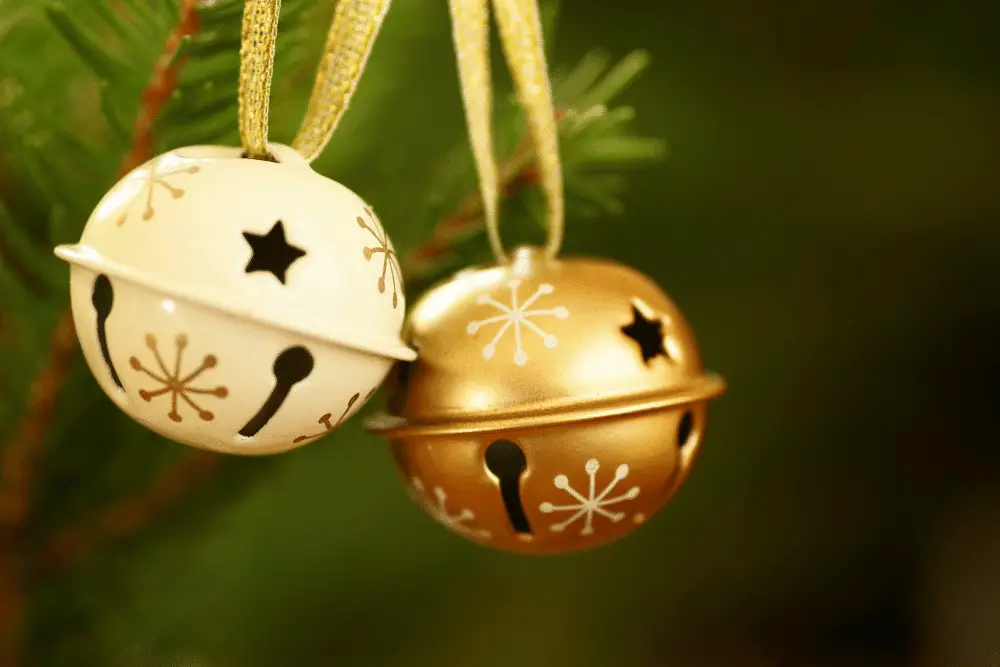Do you want to learn some holiday songs on the recorder?
Are you looking for fun ways to improve your recorder-playing skills?
Jingle Bells is a forever-popular tune many students love learning to play on the recorder.
It has some challenging parts to it, which is why I decided to think back over my years of teaching music and recorder to help you out with the Jingle Bells recorder sheet music and instructions on how to play it.
The Jingle Bells notes for recorder uses the notes D, E, G, A, B, C, high D, and high E. The rhythms are simple, but the leaps in the melody make this a fairly challenging Christmas song.
Let’s dive into the melody and how to play it.
Warning! Cambridge released an article detailing the holiday song’s questionable background as a Minstrel song. For this reason, I don’t recommend teaching it in schools any longer.
Table of Contents
Jingle Bells Recorder Notes
The notes on the recorder for this Christmas song are the toughest part of learning it.
The rhythms aren’t hard, and the students know the melody so well from just listening to it over the years, they’ll be able to pick it up pretty quickly, as long as they know how the notes go.
The recorder notes are:
Most of the notes are easy. Use the beginner recorder fingering chart at the end of this section to help learn them if you don’t already.
The trickiest note here will be high E.
To play high E, you must finger a low E with a twist.
The front fingers are the same.
You’ll cover the 1, 2, 3 holes with your left hand and the 4, 5 holes with your right hand.
Your thumb is still on the thumb hole, but to make a note jump up an octave, you’ll need to use the half-hole technique.
Cover only half the hole with your thumb.
This may take practice to perfect, but move your thumb off the hole gradually and slightly intensify your air until the note jumps up.
Take the time to jump from low E to high E just by moving your thumb.
This will help in the long run.

Jingle Bells Recorder Sheet Music
Take a look at the sheet music for the recorder in this section (Also, check out Silent Night on recorder here).
Take note of the different sections and their labels.
The labels in this example are for helping with the practice steps in the directions of the next section.
The notation is courtesy of Flat.io, which you should check out!
How To Play Jingle Bells On The Recorder
In this section, I’ll go over the step I take to teach this song to others (when I used to teach it).
Reference the sheet music as often as needed.
If you want more holiday songs on recorder, check out the Recorder Christmas Tunes book.
It has a ton of fun songs, and each song has the letters written right into the note heads for easier reading and learning.
#1 Master The First 2 Measures
The first two measures are pretty simple, so let’s start with a win.
The tricky part is going from B-D-G-A.
Practice this part slowly and get it solid. It shows up a couple of times, so it’s worth it to spend the time making sure it’s solid.
#2 C-B Switching Time
Now, we’re looking at the next parts.
At this point, C to B switching is probably pretty easy for you.
If it’s not, slowly alternate between C and B to get that feeling down solid in your fingers.
#3 Repeat But Note The Ending
After this, the whole thing repeats…except the ending.
Take a look at the ending of the repetition.
It almost seems stepwise, but you’re skipping B.
In fact, this was how I first learned it as a kid.
D-D-C-A-G.
#4 Put The Chorus Together
Before moving on to the verse, you need to make sure the chorus is solid.
Start slow and make sure each fingering is sure, and each note sounds good.
Small mistakes now will turn into big mistakes when you put the whole song together.
Some people stop here with learning the song.
That’s OK. The verse gets much harder, so if this is all you’re able to play, don’t worry.
For people who want to master the whole song or want a challenge, let’s step into the verse.
#5 Practice The Leaps
The leaps are the hardest part of the verse in my experience teaching this song.
We’re now in the B section.
At the start of each measure is a two-note leap.
Practice these leaps only until you’re comfortable with them.
#6 Put Them Together One At A Time
Now, take each measure one at a time.
Slowly put the leaps together with the descending pattern.
Don’t move on to the next measure until you play the current one good 4 times in a row.
Move onto the next measure and do the same thing until you finish the first ending.
#7 First Run Of The Verse
Starting slow and speeding up on repetitions, play the verse through the first ending.
Make sure it’s solid here, and you play with confidence.
This may take some time to master, but once you do, your job is almost done.
#8 Second Ending Of The Verse
The whole verse repeats!
If you spent the time mastering the previous steps, you’re almost done.
The only thing that changes is the second ending.
Practice this part until you’ve got it down.
#9 Put The Verse Together
Now, play the entire verse with the first and second endings.
If you spent time making sure the earlier steps were done correctly, this should be easy.
#10 Perform The Whole Song!
Now, it’s time to play the whole song!
You may want to go through it once or twice, saying and showing the fingerings first before you actually play it.
Congrats! You learned how to play Jingle Bells on the recorder.
For those who prefer learning visually, check out this video:
Final Thoughts
I hope you found the instructions and Jingle Bells recorder sheet music helpful.
The high E and the jumping of the notes make this song quite challenging, but if you only play the chorus, it’s not bad at all.
If you want to learn the whole song, just take your time and be patient.
Practice makes progress.

